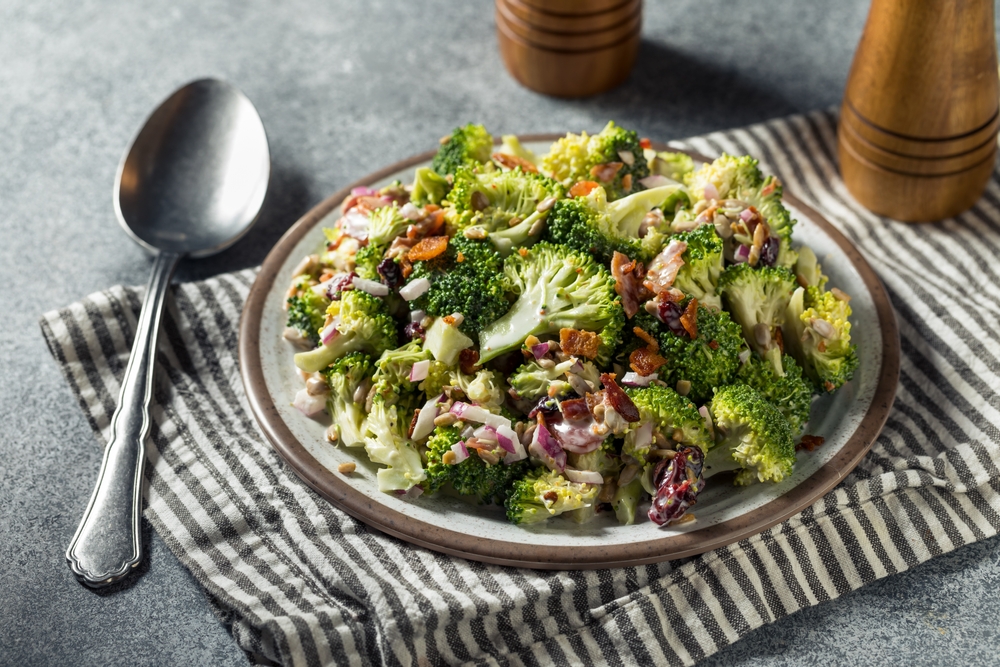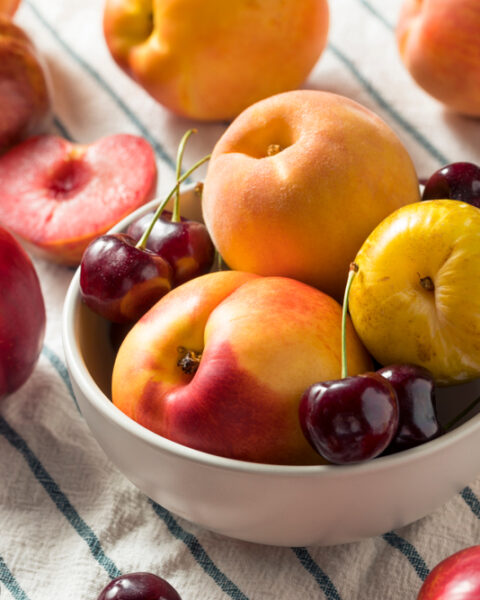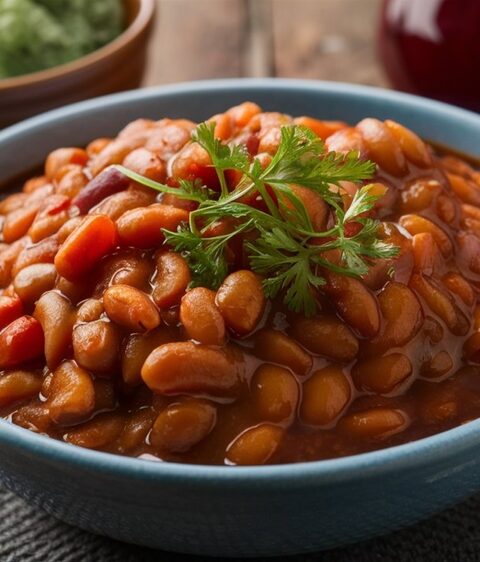Want to know a bit more about canned salmon? Here’s a quick rundown that covers all you need to know. Canned salmon might just be one of the most underrated items sitting in your pantry. It’s more than just a convenient food choice; it has a fascinating blend of nutritional benefits and a storied history that stretches back over two centuries. If you’re looking for a smart, easy addition to your meals or just curious about this staple, you’re in for some interesting insights.
Contents
- 1 Canned Salmon May Have Lower Omega-3 Fatty Acids Than Fresh Salmon
- 2 Nutritionally, Canned Salmon Is Similar to Canned Tuna
- 3 Canned Salmon Can Be High in Sodium
- 4 Canned Salmon Can Contain Pin Bones
- 5 Your Canned Salmon Has a Long Shelf Life
- 6 Canned Salmon Remains Highly Popular Worldwide
- 7 Canned Red and Pink Salmon Have Certain Differences
- 8 Canned Salmon’s History Goes Back Two Centuries
- 9 More Than One Type of Salmon Can Be Used in Canning
- 10 Canned Salmon Is Often Sustainable, But Not Always
- 11 Canned Salmon Is Highly Versatile
- 12 More From RetailShout
- 13 10 Best Practices for Freezing Meals and Preserving Flavor
- 14 15 Foods to Avoid for Healthier Joints
Canned Salmon May Have Lower Omega-3 Fatty Acids Than Fresh Salmon
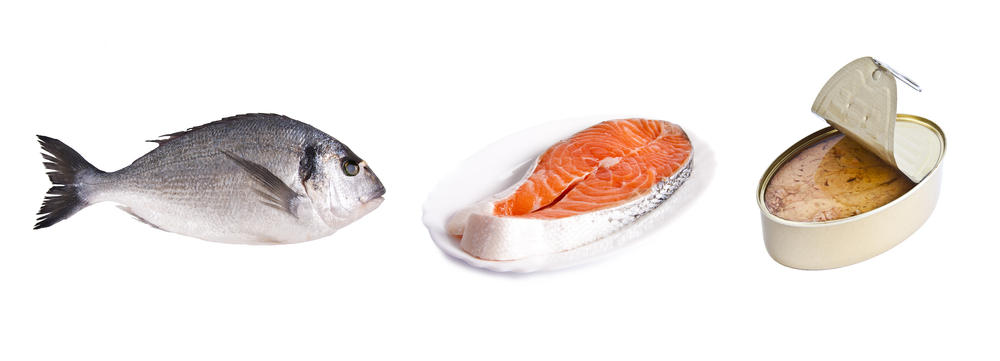
Canned salmon is known to have beneficial omega-3 fatty acids, though in slightly lower quantities compared to fresh salmon. Fresh or frozen salmon typically contains about twice the amount of omega-3 fatty acids as canned salmon. This difference is notable because omega-3 fats are essential for heart and brain health, making fresh salmon a potentially better option for maximizing these nutrients.
Nutritionally, Canned Salmon Is Similar to Canned Tuna
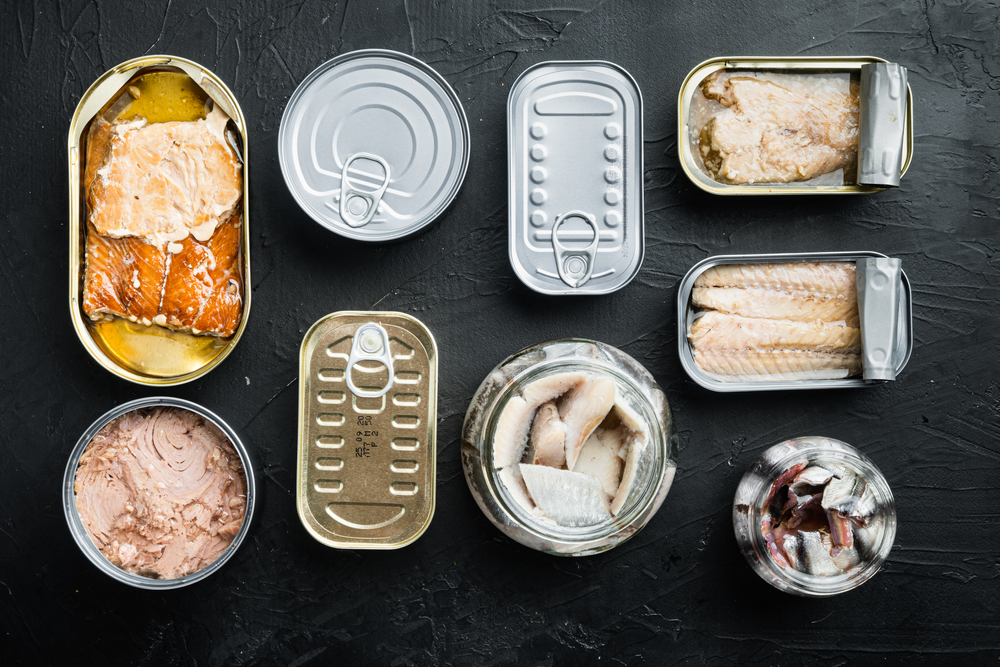
In terms of nutrition, canned salmon holds its ground well against canned tuna. Both are excellent sources of protein and omega-3 fatty acids, although salmon tends to have a higher content of essential vitamins like vitamin D. This similarity makes canned salmon a great alternative to tuna for those looking to diversify their diet while maintaining nutritional benefits.
Canned Salmon Can Be High in Sodium
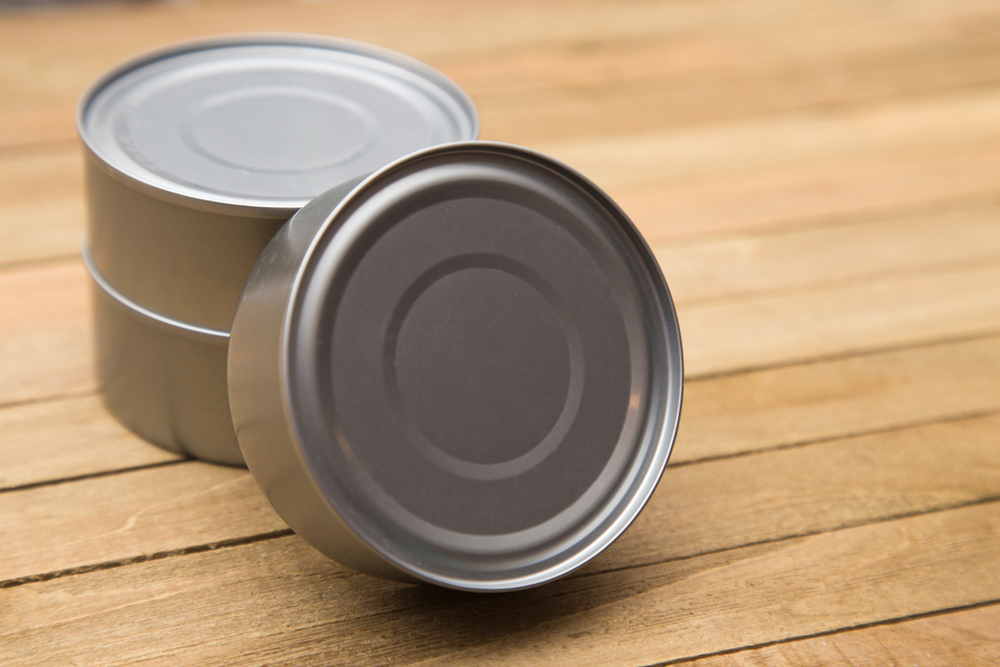
Canned salmon often contains a high level of sodium, especially if packed in salt water. The sodium content can vary significantly between brands, with some offering low-sodium options that reduce sodium content by up to 75%. It’s important to check labels carefully if managing sodium intake is a concern for maintaining heart health.
Canned Salmon Can Contain Pin Bones

Although some consumers might be concerned, the pin bones found in canned salmon are typically soft and completely edible. They are pressure-cooked along with the salmon, which softens them sufficiently to eat safely. These bones also provide a good source of calcium and other minerals, adding nutritional value beyond just protein.
Your Canned Salmon Has a Long Shelf Life
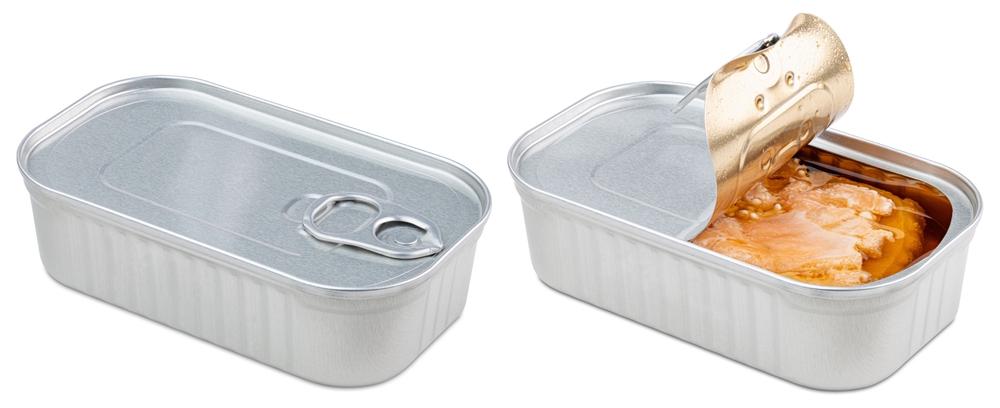
Canned salmon is renowned for its long shelf life, often lasting 3 to 5 years when stored in a cool, dry place. The canning process ensures that salmon remains safe and tasty over extended periods, making it a reliable pantry staple for emergency food supplies or everyday cooking.
Canned Salmon Remains Highly Popular Worldwide

The demand for canned salmon continues to grow globally, with projections suggesting the market could expand significantly in the coming decade. This popularity is driven by canned salmon’s convenience, nutritional benefits, and its role in sustainable fishing practices when properly managed.
Canned Red and Pink Salmon Have Certain Differences
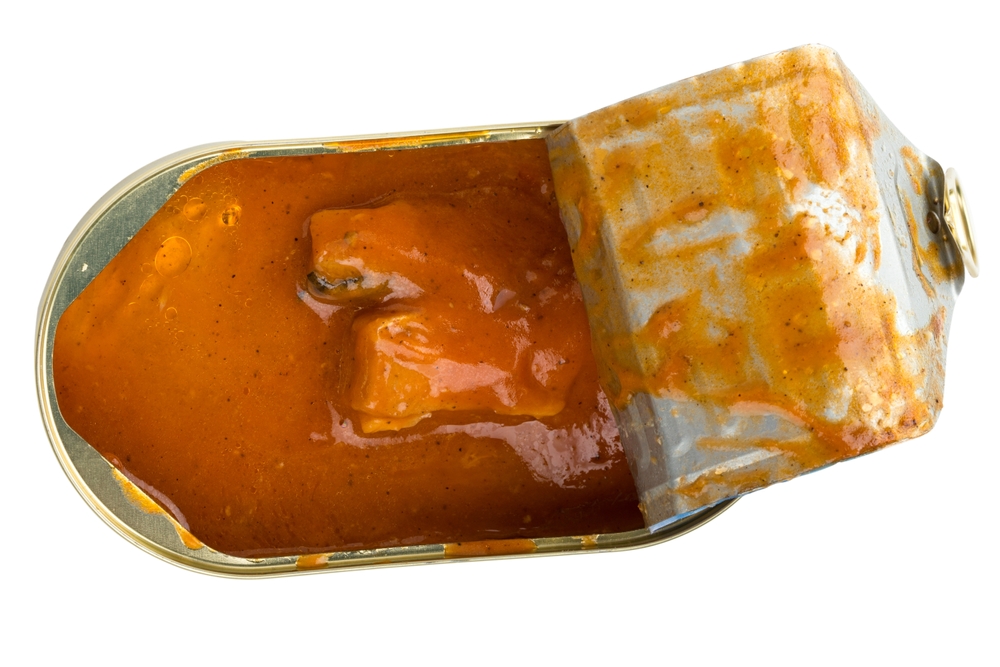
When choosing between red and pink canned salmon, it’s helpful to know that red salmon (typically sockeye) is prized for its rich flavor and higher fat content, which gives it a firmer texture. Pink salmon is milder and softer, making it a less expensive but still nutritious option.
Canned Salmon’s History Goes Back Two Centuries
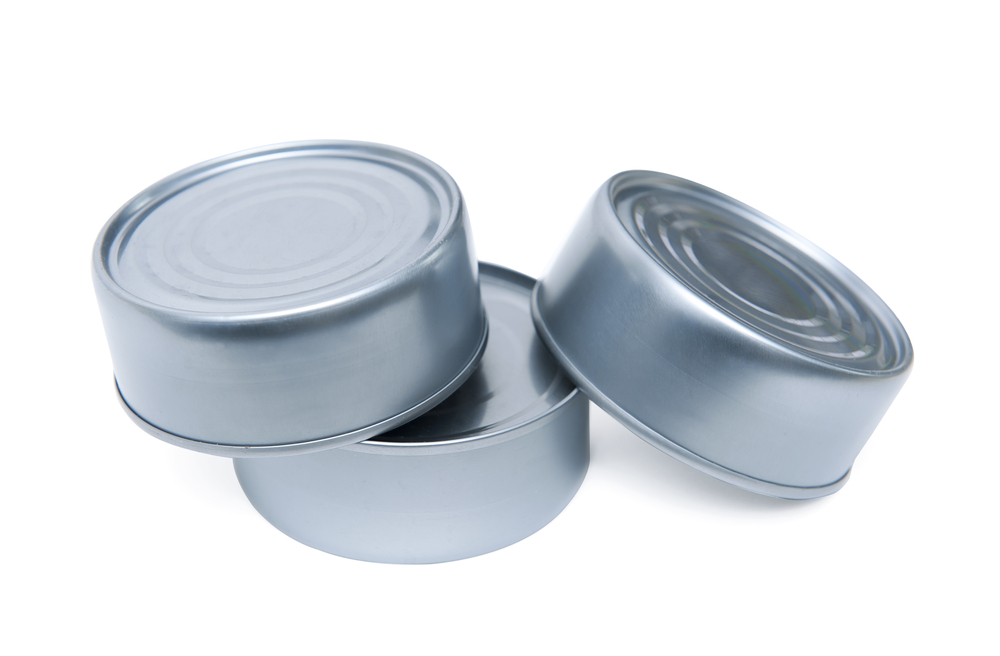
Canned salmon has a rich history, dating back to the mid-19th century on the Pacific coast of North America. It has been a staple in global diets for two centuries, reflecting its enduring popularity and importance in the seafood industry.
More Than One Type of Salmon Can Be Used in Canning

Canned salmon may include a variety of salmon species, such as pink, chum, coho, and sockeye. Each type offers different flavors and nutritional profiles, providing options for consumers to choose based on their dietary preferences.
Canned Salmon Is Often Sustainable, But Not Always
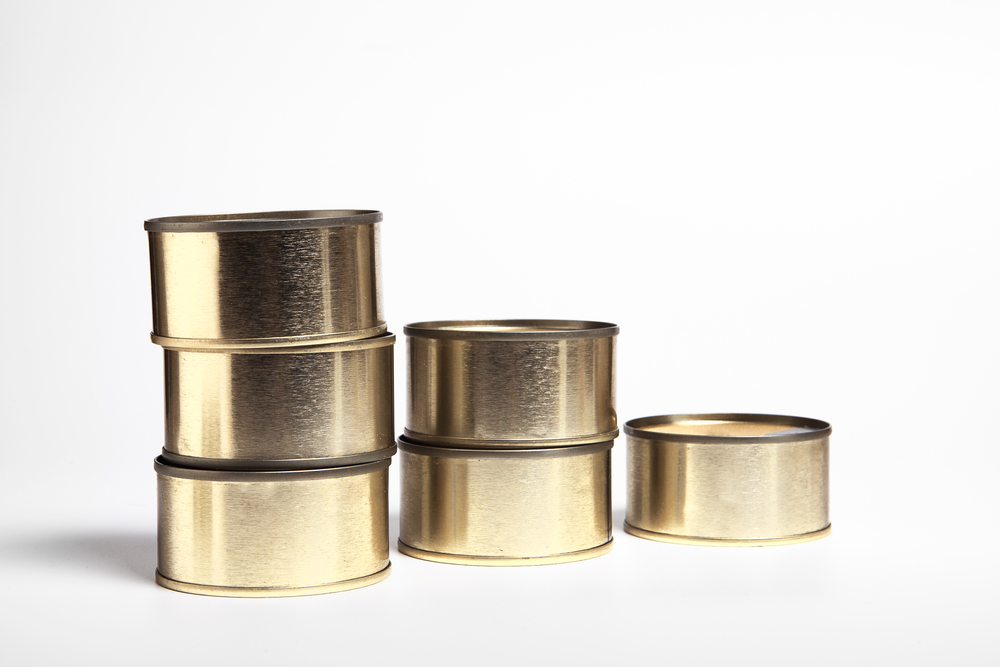
While many canned salmon products are sourced from sustainable fisheries, this is not universally the case. It’s important for consumers to check for sustainability certifications on canned salmon products to ensure they are supporting environmentally friendly fishing practices.
Canned Salmon Is Highly Versatile
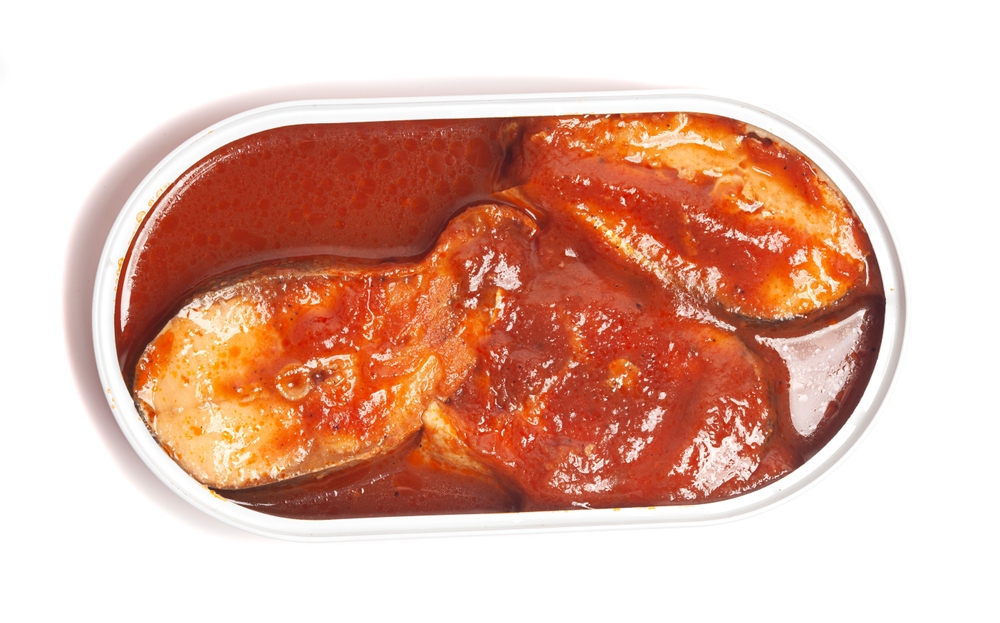
The versatility of canned salmon is one of its strongest attributes. It can be used in a wide range of dishes, from salads and sandwiches to more elaborate meals, making it an excellent option for quick and nutritious dining.
This article originally appeared on RetailShout

